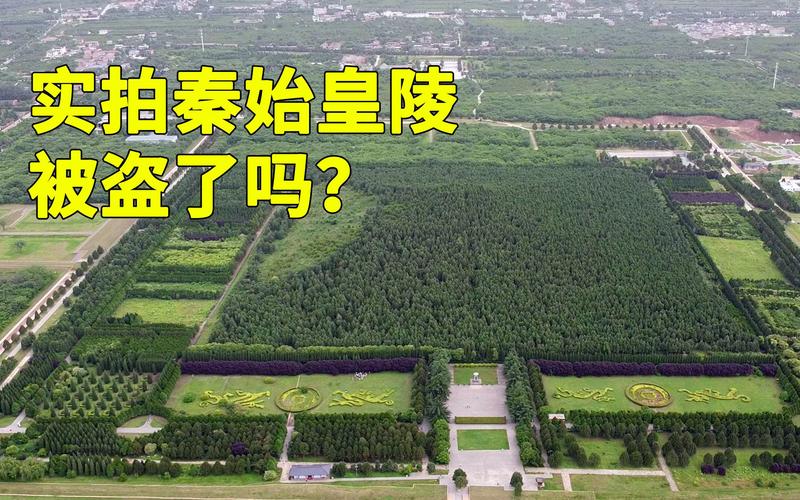
Where Is the Tomb of Qin Shi Huang Located?
Located at the northern foot of Lishan Mountain, 35 kilometers northeast of Xi'an, Shaanxi Province, Qinshihuang Mausoleum is the tomb of Emperor Qinshihuang, founder of the first unified empire in Chinese history during the 3rd century BCE.
The Location and Layout of Qin Shi Huang's Tomb
The mausoleum is situated amidst a complex of other tombs and historical structures, forming a vast necropolis. It lies to the north of Xi'an city, once the capital of the Qin Dynasty and several subsequent dynasties.
The site is divided into two major parts:
-
The inner city: This area contains the actual tomb mound where Emperor Qin Shi Huang is buried. The tomb mound itself is a massive pyramid-shaped structure that dominates the landscape. It was originally much taller and more imposing, but centuries of erosion have reduced its height.
-
The outer city: Encompassing a much larger area, the outer city housed the tombs of imperial concubines, the burial pits of sacrificed laborers, and the famous Terracotta Army. These elements reflect the emperor's desire to recreate his earthly power and splendor in the afterlife.
Historical Significance of the Site
The Qinshihuang Mausoleum is one of the most significant archaeological sites in China and indeed the world. It provides invaluable insights into:
- Qin Dynasty Architecture and Engineering: The scale and complexity of the tomb complex, especially the Terracotta Army with its thousands of life-sized, individually sculpted figures, demonstrate the advanced engineering and artistry of the Qin Dynasty.
- Ancient Chinese Beliefs about the Afterlife: The inclusion of such elaborate burial goods, sacrifices, and even a simulated cosmos within the tomb reflects the Qin Dynasty's beliefs about the afterlife and the emperor's desire for immortality.
- The First Emperor's Reign: The tomb is a testament to the ambition, power, and ruthlessness of Qin Shi Huang, who unified China through conquest and implemented a series of reforms that had a lasting impact on Chinese civilization.
Exploration and Excavation
While the existence of the tomb has been known for centuries, large-scale archaeological excavations only began in the 1970s with the discovery of the Terracotta Army. Since then, ongoing excavations have unearthed countless artifacts and shed light on the construction and layout of the mausoleum complex.
However, the main tomb chamber itself remains unexcavated. There are concerns about the potential damage that excavation could cause to the fragile artifacts and the emperor's remains. Advanced techniques are being developed to allow archaeologists to peer inside the tomb without physically disturbing it.
Q&A
Q: Is the tomb open to the public?
A: Yes, the Qinshihuang Mausoleum site, including the Terracotta Army pits, is open to the public and is a popular tourist destination.
Q: Why is the main tomb chamber still unexcavated?
A: Excavating the main tomb chamber presents significant technical and ethical challenges. There are concerns about preserving the fragile artifacts inside, as well as respecting the burial site of the emperor.
Q: What is the significance of the Terracotta Army?
A: The Terracotta Army is believed to have been created to protect Emperor Qin Shi Huang in the afterlife. It is a remarkable display of artistry and craftsmanship, and provides valuable insights into the military practices of the Qin Dynasty.
note: This return of all, without the author's permission, may not be reproduced